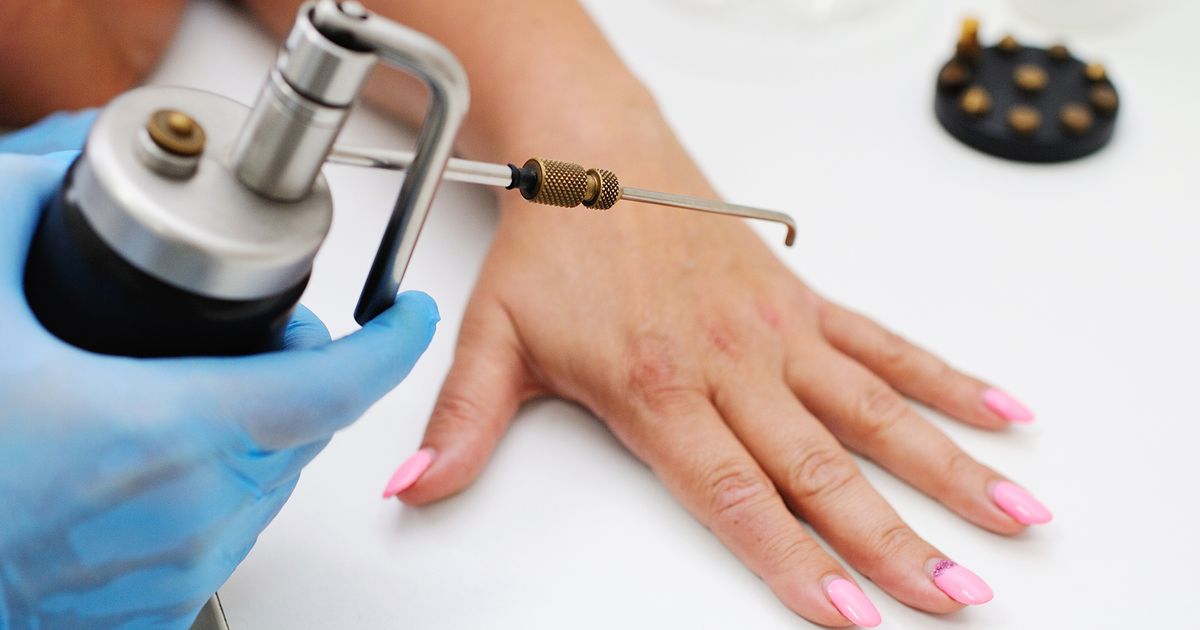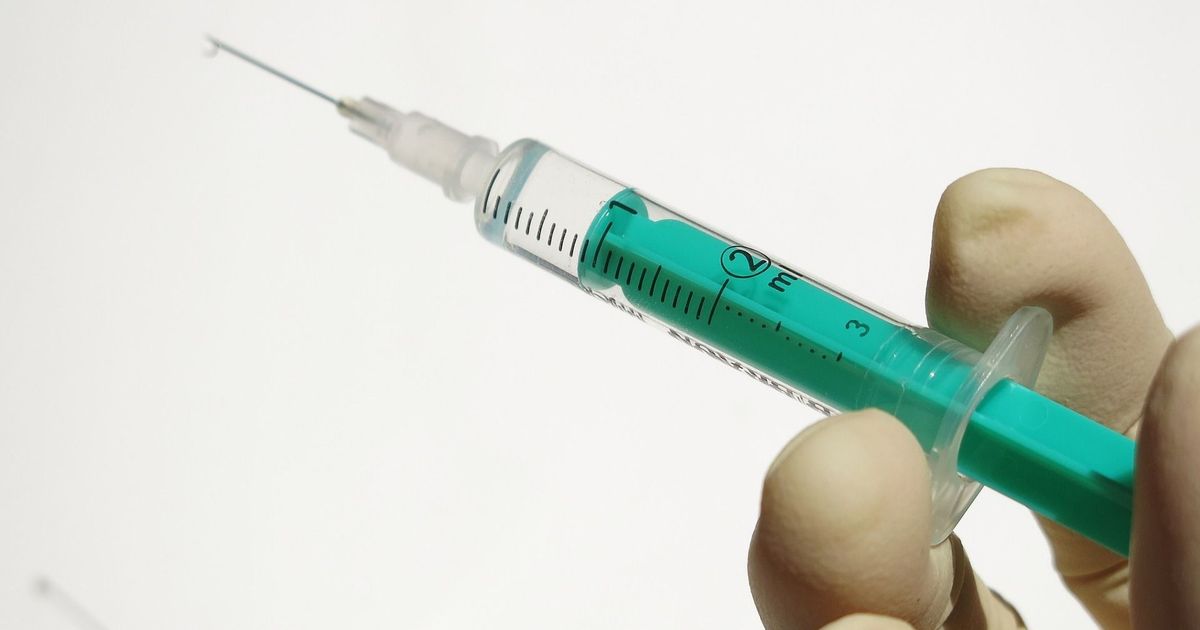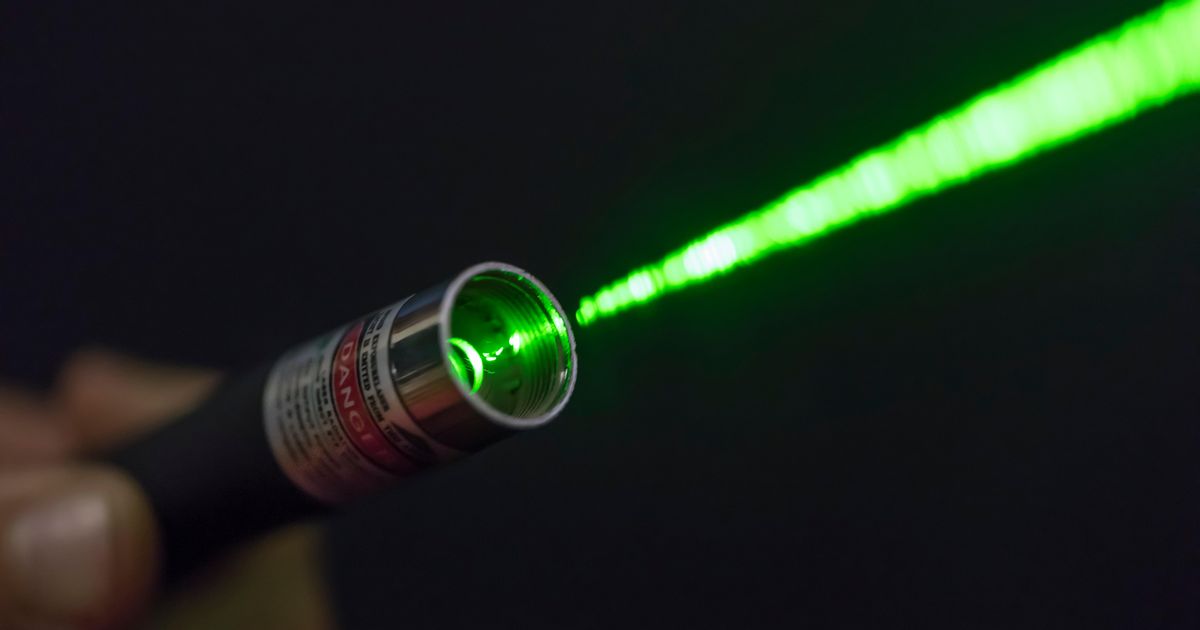Remedies For A Mucous Cyst
A mucocele, more commonly referred to as a mucous cyst, is a soft, typically painless bump that forms inside of the mouth. This bump can be located anywhere within the mouth, including inside the lip or cheek, on the roof of the mouth, or under the tongue. If the inner mouth becomes injured, such as by cheek biting or lip sucking, excess mucus can be surrounded by growing skin to create this lump. A large percentage of mucous cysts will go away on their own without any need for medical intervention. However, if a mucous cyst becomes very large, is abnormally painful, or does not go away on its own, patients may want to discover the treatment options offered by their medical care provider.
Break Cheek Or Lip Biting Habits

Sucking or biting the lips or the inner portion of the cheek is associated with an increased risk of developing a mucous cyst. This is why it is so important to break a cheek or lip biting habit, particularly for individuals who are prone to developing mucous cysts. Not only can these habits cause injury or damage, making it more likely for a mucous cyst to occur, but sucking or biting can make an existing cyst worse or increase the risk of infection. Determining the reason for these habits makes it easier for individuals to break the habit for good.
Learn more about how to treat a mucous cyst now.
Cryotherapy

A mucous cyst may be frozen and removed through cryotherapy. During this treatment, a freezing agent is applied directly to the mucous cyst. This results in freezing of the tissue due to the water content within the cells. In many cases, the mucous cyst will disappear after just one or two of these treatments. Long-term success can be achieved, with no return of the cysts after a few months or even years in many studied cases. One of the great things about cryotherapy is it is a fairly quick procedure and is considered painless to most patients.
Continue reading to reveal more options for treating mucous cysts now.
Intralesional Corticosteroid Injection

Depending on the size and location of the mucous cyst, an individual's primary care physician or dental care provider may want to inject steroid medication directly into the cyst. This intralesional corticosteroid injection is used to reduce inflammation. Once the inflammation is reduced, healing can happen more quickly. Most patients have a good success rate using these injections to reduce the size of the cysts. When it comes to complete disappearance of the mucocele, injections of corticosteroids have a success rate of about ninety percent. This treatment can be a good choice for patients who wish to avoid more invasive mucous cyst treatments whenever possible.
Discover additional methods of treating mucous cysts now.
Laser Therapy

Mucous cysts that do not go away with other treatment options may need to be removed. Laser therapy uses a device that produces a direct beam of light to cut away the affected tissue. This type of surgery is beneficial because there is a reduced risk of bleeding and infection, allowing the cells to heal more rapidly. This type of mucous cyst removal is better utilized on cysts on the lip, inner cheek, or roof of the mouth. Excessively large mucous cysts or those beneath the tongue may involve the salivary gland, and thus, may not respond as well to surgical laser removal.
Get more details on treating mucous cysts now.
Surgical Removal Of The Cyst Or Salivary Gland

In cases where the mucous cyst keeps returning or has become permanent, it might be necessary to surgically remove it. If the salivary gland is truly blocked, the gland itself may also need to be removed. Surgical removal of the mucous cyst or salivary gland can keep the cyst from coming back. The surgery is usually done under local anesthesia and may be done as an outpatient procedure. A new procedure involves placing a stitch in the dome of the mucous cyst to create a new drainage pathway for saliva around the blockage. This might help prevent the need to remove the gland.